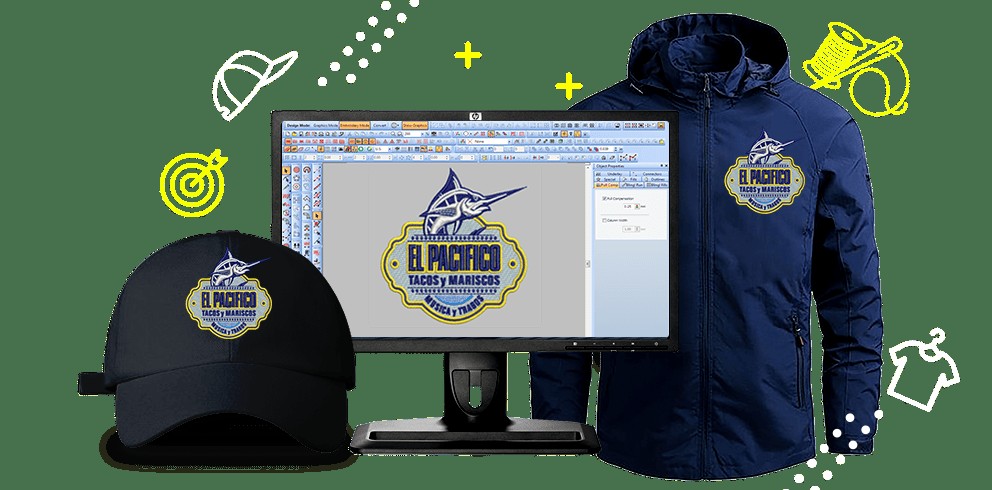Converting a JPEG image to a vector format involves transforming the raster graphics of the JPEG, which is made up of pixels, into vector graphics, composed of paths defined by mathematical equations. This process allows for the image to be scaled infinitely without losing quality. To achieve this conversion, software like Adobe Illustrator or free alternatives like Inkscape can be used. Typically, the process involves importing the JPEG, using a tracing tool to create vector paths, and then refining the paths for accuracy. The final output can be saved in various vector formats, such as SVG, EPS, or AI, suitable for use in graphic design and printing.


